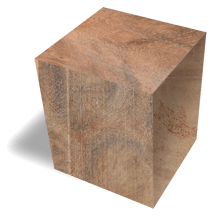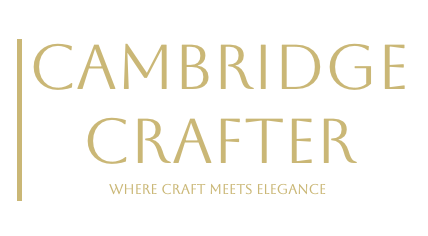
Red Mallee
Red Mallee refers to burl wood from various Eucalyptus species, primarily Eucalyptus oleosa, Eucalyptus socialis, or Eucalyptus viridis, native to southern Australia, particularly in regions like South Australia, Victoria, New South Wales, and Western Australia. The term “mallee” describes a growth habit where multiple slender stems emerge from a lignotuber (a woody underground root structure), typical of eucalypts in arid or semi-arid environments. These small trees or shrubs grow to 5–15 metres tall with stem diameters of 20–50 cm, thriving in sandy or loamy soils, often in open woodlands or mallee scrublands.
The heartwood of Red Mallee burl is a rich, warm reddish-brown to deep red, often with golden or amber undertones, reflecting the “red” in its name. The sapwood is a pale cream or whitish, distinctly separate. As a burl, its grain is highly irregular, featuring tight swirls, curls, and clusters of burl eyes, with dramatic figuring like quilted, mottled, or flame patterns that give it a three-dimensional, almost marbled appearance. The texture is fine to medium, with a high natural lustre that enhances its visual depth when polished, making each piece uniquely striking.
Red Mallee has a density of around 900–1,100 kg/m³, making it a very hard, heavy, and durable wood, typical of many Australian eucalypts, with a Janka hardness often exceeding 3,000 lbf. It’s naturally resistant to decay, termites, and wear, thanks to its high oil and resin content, which also makes it challenging to glue—surface preparation with a solvent like white spirit is recommended. The interlocked grain and hardness can cause tearout and tool blunting, requiring sharp, carbide-tipped tools for clean cuts. It finishes beautifully, with oil-based finishes bringing out its rich colours and figuring, often used without staining to preserve its natural beauty.
When worked, Red Mallee has a distinctive eucalyptus scent—sharp, medicinal, and slightly sweet—due to its volatile oils, which can be pungent when green but fade after drying. In the UK, it’s prized for small, high-value projects like knife handles, pen blanks, and turned objects such as bowls or spindles, where its durability and stunning patterns can be showcased. Indigenous Australians have used mallee wood for tools and fire-making, as it burns hot and slow, and its lignotubers store water, aiding survival in arid conditions.
Red Mallee is not listed on CITES Appendices, and species like Eucalyptus oleosa are considered of least concern by the IUCN, as mallee eucalypts are widespread and regenerate well after fire or harvest. However, its availability in the UK is limited, often imported as burl blanks through specialty suppliers, making it moderately expensive, with prices reflecting the quality of the figuring. Its combination of hardness, rich colour, and unique patterns makes Red Mallee a sought-after choice for bespoke woodworking projects where its natural beauty can be the focal point.
